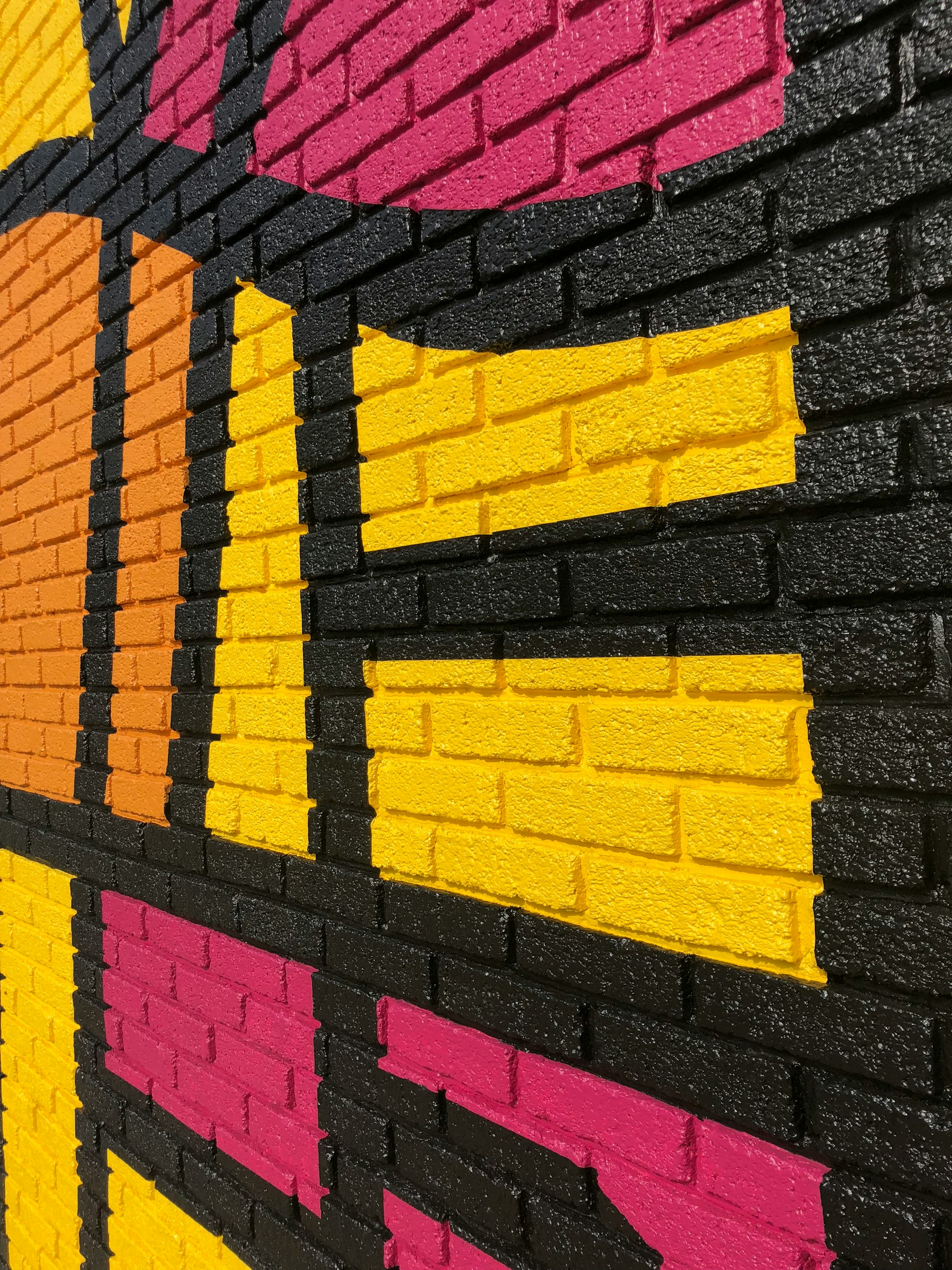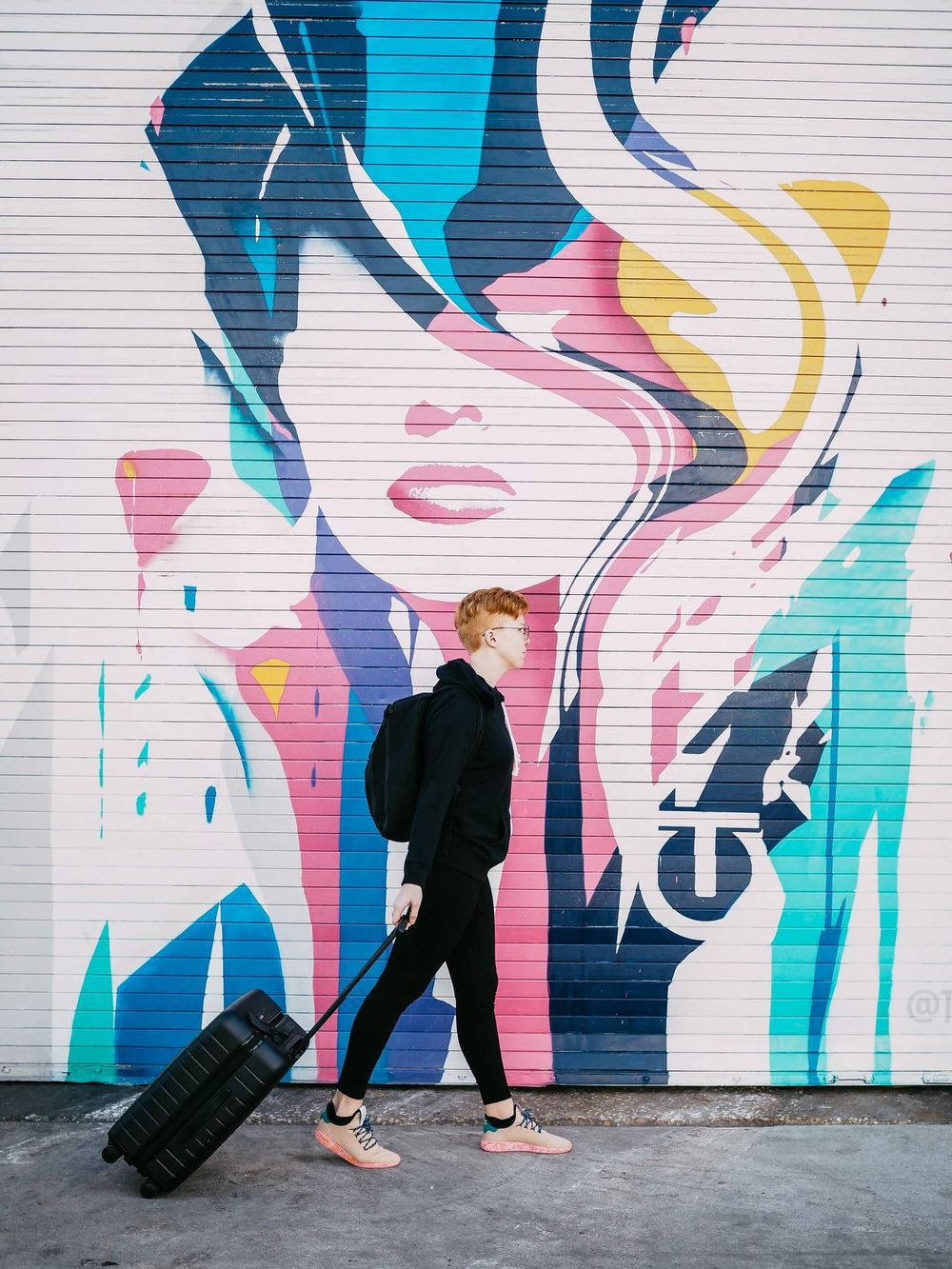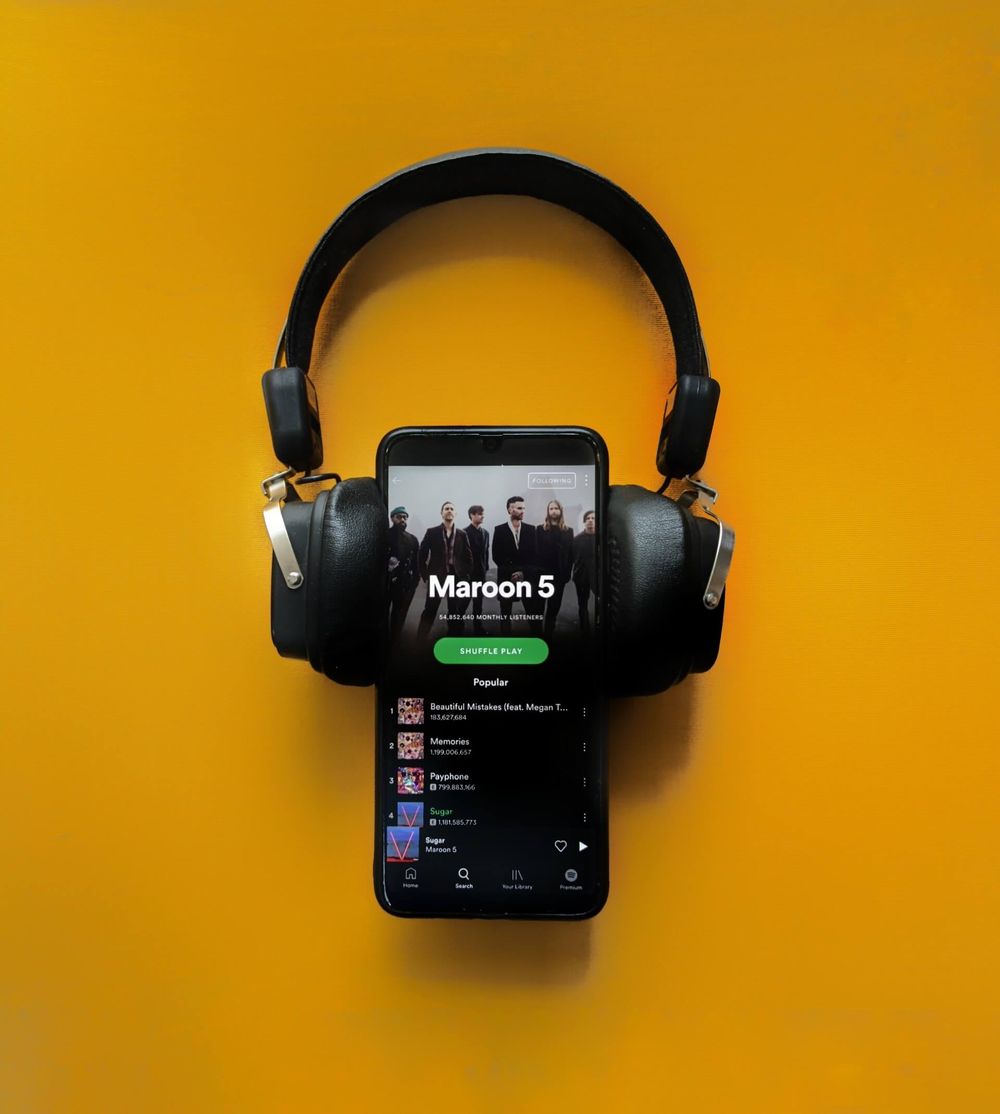I first met the German painter Neo Rauch shortly before Christmas last year, in Leipzig. It was one of the final days of his show at the gallery Eigen+Art, and the place was nearly empty. The show was called “Handlauf” (“Handrail”), and the title picture, roughly eight feet tall by ten feet wide, showed a solidly built, barefoot woman joining hands with a gentleman in leather boots. But the man’s hindquarters revealed him to be a centaur, and the woman seemed to have an extra leg and an extra face, to the side of her main one. They were in a tumbledown room in front of what looked like a stage backdrop of a classic German Romantic landscape—mountains, forest, clouds, moon—next to which a man cradled an electric guitar and a woman pounded some kind of tambourine.
This is what Rauch is known for: huge, dense, ostensibly narrative scenes in which narrative is stubbornly elusive. Events seem to take place in a parallel world. Portions of a canvas can be futuristic, with space-age infrastructure, while elsewhere there may be a sky out of Tiepolo and people who have come from the Napoleonic Wars or some primordial Europe. Rauch’s figures are bound together in tight compositions that recall Renaissance art one minute and socialist realism the next, and yet they remain sealed off from one another, unaware of anything around them, and their actions have a suspended quality. Alongside patches of preternatural calm, a discordant color breaks in, or a reptilian tail, or a burning backpack, or a Converse sneaker. The over-all effect is of allegorical painting, but these are allegories to which Rauch has thrown away the key.
As I walked around, a small, puckish man fell into step beside me and started to talk to me about Rauch and the Leipzig art scene. It was Rauch’s gallerist, Gerd Harry Lybke, who has been a figure in East German art since the early eighties. Universally known as Judy Lybke—for his resemblance to a character on the American television show “Family Affair,” which Leipzigers watched surreptitiously in the Communist years—he grew up wanting to be a cosmonaut but found himself working in a factory and being an artist’s model as a sideline. That’s how he met Rauch and the other artists who became known as the New Leipzig School. He ran a clandestine gallery out of his apartment, and manned the entrance in the nude, in part to dissuade Stasi agents from entering. By the time the Berlin Wall fell, he was a major impresario, and he soon became one of the chief gallerists representing art coming out of the former East. As he explained it to me, all the bottled-up energy of East German art seemed to have nowhere to go but to his gallery. He captured it all, and started uncorking it in the nineties, when Rauch and several of his other artists began to break into the Western market. Rauch’s pictures, which can nowadays fetch around a million dollars apiece, have established him as the unrivalled German painter of his generation.

Rauch’s work stands in stark contrast to that of German worthies such as Gerhard Richter and Anselm Kiefer. A generation younger, Rauch is not preoccupied with German national shame, and he paints like someone who never got the news that other artistic media existed. Critics are sometimes put off by his painterly traditionalism, but more often they write about having been cornered into admiration in spite of themselves. “I was well prepared to dislike Rauch,” the art critic Dushko Petrovich Córdova wrote, after seeing a 2005 exhibition. “The first room of the show abruptly ended my plans. Three large Rauch paintings imposed themselves on the huge space in an entirely unexpected way. They reminded me, in their scale, of the altarpieces by Giotto and Duccio that dominate the first room of the Uffizi.”
Oh, that reminds me of this article I barely remember.
After Lybke and I had talked for nearly an hour, Rauch himself came in, from his studio nearby, wearing a leather motorcycle jacket. His wife, Rosa Loy, was with him; they met while in art school, and she is also a prominent figurative painter. He surveyed the smattering of visitors and the staff warily, as if each of them might lay claim to his time. Now sixty-one, he is tall and fit, with a faintly martial bearing. His hands are strong, with rough, paint-caked fingers. His hair, close-cropped at the sides, is permitted to flow a little on top, and he peers at the world through slightly bulging, seemingly impastoed eyes.
Lybke introduced us, and Rauch took me to look again at some of the larger canvasses. In one of them, two men, one dressed in white and one in black, stood in front of some factory chimney stacks, daubing paint on a large set of horns, while a woman, twining her limbs around the horns, gazed on. To the left was a man assisting the painters, and at the bottom was a resentful-looking man with a large magenta megaphone in his hand and a snakelike tail that coiled up the legs of the assistant. This archetypal agitator reappeared in several of the paintings. “I dislike activist types,” Rauch said. He speaks quietly, in a slightly formal register that all the while ironizes itself. I asked him about a group of three men in a smaller painting, one of whom, his hair in a topknot, was whipping his own back like a medieval flagellant. “They are punishing themselves for having white skin,” Rauch told me, and added, “I detest hair buns on men.”

As we looked at the last painting in the show, Rauch said, “So you’ve heard about the critic?” The year before, Wolfgang Ullrich, one of the country’s leading art critics, had written an article, later expanded into a book, identifying a rightist ascendancy in the German art world. For progressive painters, he argued, the idea of art as a pure expression of freedom seemed less tenable in the face of gender and post-colonial critiques, on the one hand, and art-market commoditization, on the other. Right-leaning artists, by contrast, were rallying to the cause of aesthetic autonomy. In the past, radical artists had indicted a reactionary German society, but now many important painters were reactionaries who indicted politically correct liberalism. Rauch was singled out by Ullrich as the most famous example. “What are we to think when Rauch compares feminists to the Taliban?” Ullrich wrote.
Rauch responded with a large painting of a man resembling Ullrich hoisting himself up from a latrine and, with his own feces, painting a figure giving a Nazi salute. The painting was titled “Der Anbräuner,” which translates literally as “the one who makes things brown” but means something more like “the one who meretriciously paints his enemies as fascists.” The message was clear: Rauch was not about to let himself be publicly folded into the ranks of the new German right; in his view, the threat to German culture came from those who dared to reduce questions of artistic form to politics. Completing the publicity stunt, “Der Anbräuner” sold at a charity auction, raising three-quarters of a million euros for a Leipzig children’s hospice.







